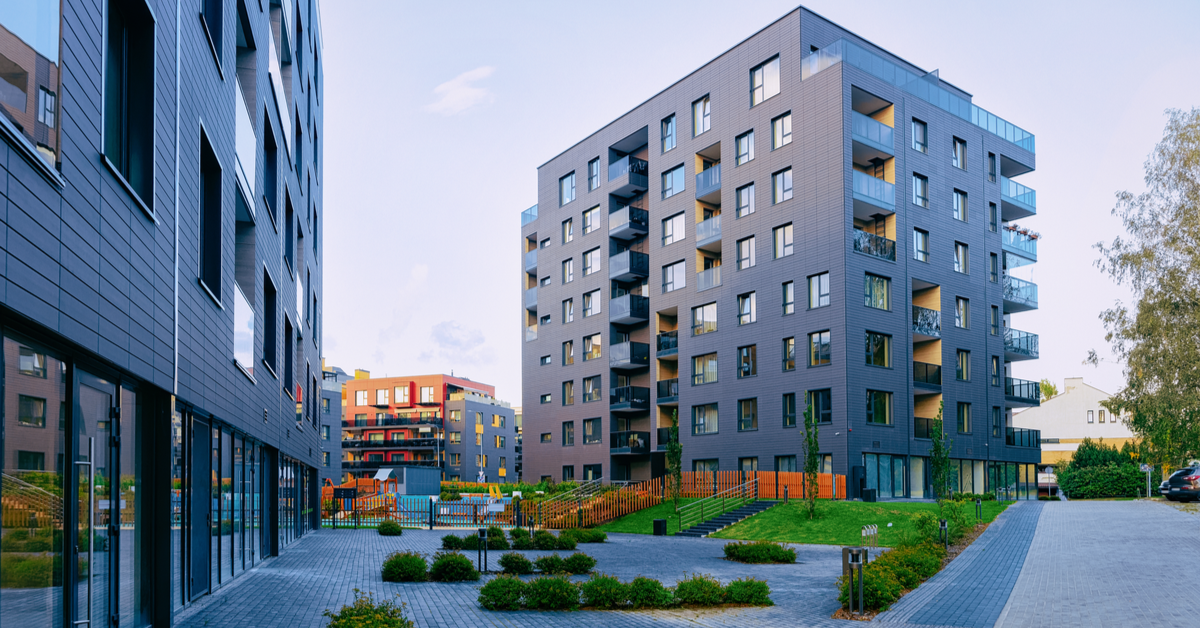Year-over-year, national multifamily rents receded by 0.1% in February, but according to the latest National Multifamily Report from Yardi Matrix, they may soon be moving positively again.
“While national rent growth was negative this month, year-over-year rents have steadily shifted closer to positive since October,” said the report. “If this trend continues, February could be the last month where we see a national decline.”
That’s a big statement, considering rents have generally been either flat or in decline since the pandemic started. But indicators are indeed pointing toward rents turning the corner; despite February’s yearly decrease, the month’s negative growth still represented an improvement of 10 basis points from the month prior. Month over month, 23 of the top 30 markets monitored by Yardi had positive rent growth, with Yardi expecting that trend to continue or even accelerate as the spring leasing season sets in.
In fact, out of the 133 total rental markets surveyed in February 2021, a whopping 111 had positive month-over-month rent growth, an encouraging sign of recovery. Many secondary and tertiary markets saw notable rent gains from January to February, and, while rents in big gateways like New York and San Francisco are still down extensively on a yearly basis, the stark month-to-month plunges in those areas have lessened quite a bit since the summer and fall.
Moreover, while 16 of the top 30 markets saw rents decrease or stay flat annually during February, the magnitude of those drops continues to improve, Yardi noted. And some metros are continuing to post strong annual rent growth numbers despite the pandemic passing the one-year mark: Midwestern markets, in particular, are still performing well, with Indianapolis (3.6% year-over-year rent growth in February) and Kansas City leading the region.
And with the national economy set to receive a shot in the arm thanks to the newest round of COVID-19 relief legislation, observers are optimistic for a formidable recovery. Some economists, Yardi pointed out, are projecting a possibility of GDP growth near 6%, which will only help the multifamily sector bounce back.
One thing that bears watching is the effect of the work-from-home trend on the rebound of urban cores. The impact will be felt most in cities that have large shares of workers in the tech industry, with so many such companies granting permanent remote flexibilities to their employees. Giving so many people an opportunity to trade expensive downtown rents for much cheaper alternatives will make urban core recovery in places like Seattle and the Bay Area more difficult, despite college graduates arriving to fill in some of the vacancies.
Ultimately, Yardi said, “it may just take some time for those downtowns to bounce back.”





